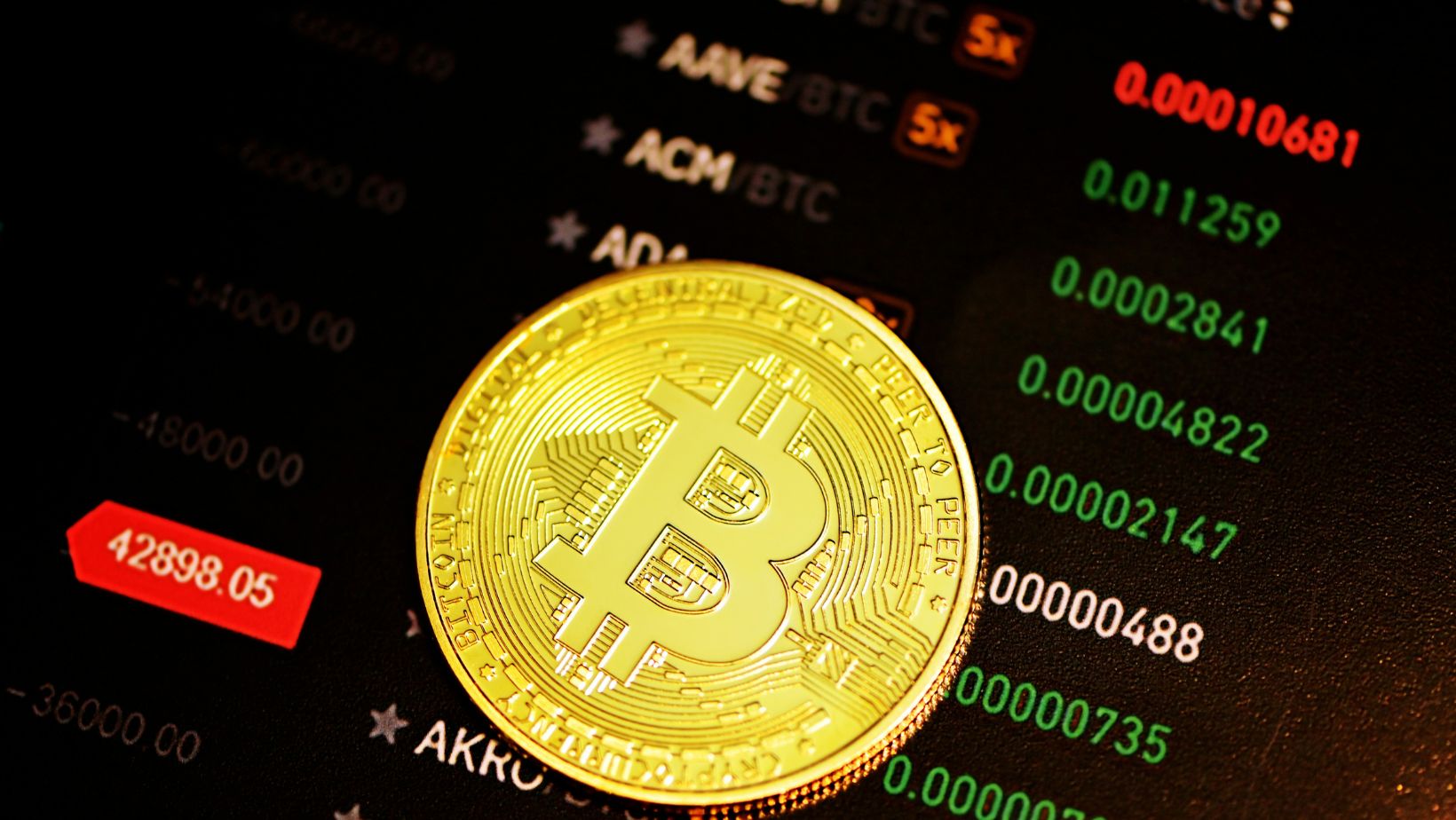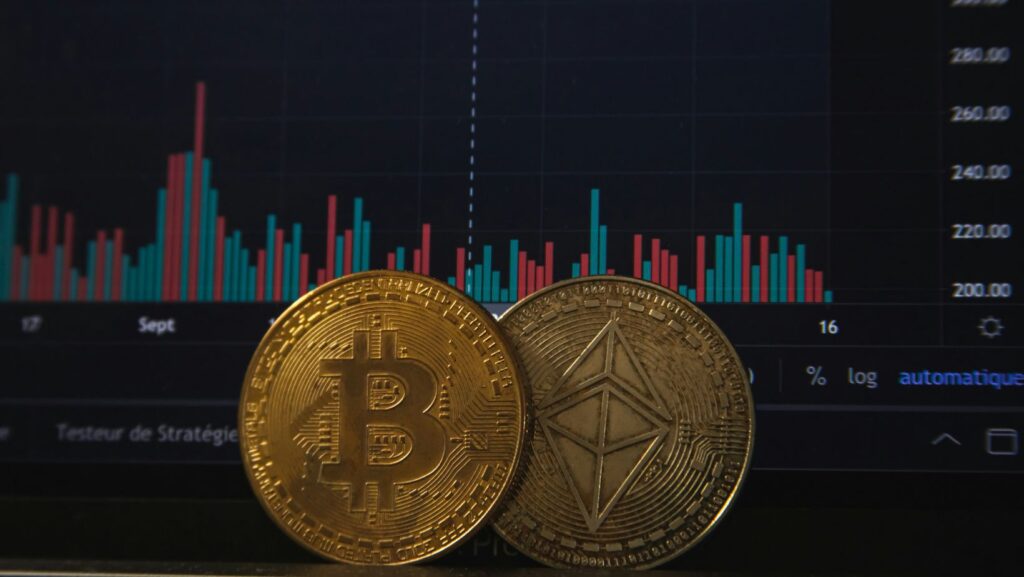Welcome to the crypto world where the public’s emotions can impact the financial market volatility. Who would have thought that traders’ emotions and the overall market sentiment has such an impact on how the industry behaves? As a crypto trader you might find it quite challenging to measure investor sentiment to figure out where to place yourself in the market. Lucky you, now traders have access to tech tools that allow them to quantify the market sentiment. The Fear and Greed Index is one of the tools that could help you stay in touch with how the market feels because it tracks investor sentiment and provides you with complex information about the market behavior.
Understanding the Fear and Greed Index is crucial for the success of your trades because this tool provides you with a clear snapshot of market sentiment and enables you to identify potential risks and opportunities. When fear dominates the market, it might mean that the assets are undervalued, so you should look for buying opportunities. On the other hand, when greed overtakes the market, it usually signals overvaluation, so the market is subjected to the risk of a correction.
Understand What The Fear And Greed Index Is
The Fear and Greed Index is a sentiment analysis tool that measures the prevailing mood of investors in the market. Originally created by CNNMoney for the stock market, it has been adapted for use in the cryptocurrency world as well, particularly for Bitcoin and other major altcoins.
The idea is simple:
- Fear often drives prices down because investors sell off their assets in panic.
- Greed, on the other hand, tends to inflate prices as investors buy in hopes of making more profit.
The index is presented as a score between 0 and 100:
- 0–24: Extreme Fear
- 25–49: Fear
- 50: Neutral
- 51–74: Greed
- 75–100: Extreme Greed
The Fear and Greed Index captures the extremes of investor sentiment, so you gain a deep knowledge about the turning points of the market. When the market is dominated by fear, you will notice that the investors tend to be overly pessimistic, which will drive the assets’ prices lower. When excessive greed controls the market, bubbles tend to form, which causes an overevaluation of assets. Therefore, you should consider the index a contrarian indicator that provides you with the ability to track the patterns and identify the moment when the market is heading to a point of reversal. However, keep in mind that the Fear and Greed Index isn’t the only predicator of market movements, so it’s essential to use it together with others to make informed investment decisions.
How Is The Fear And Greed Index Calculated?
For digital currencies the index takes into account a list of several factors:
- Volatility: If the market is highly volatile compared to recent averages, it reflects fear.
- Market Momentum/Volume: High buying volumes and positive momentum suggest greed.
- Social Media Sentiment: Analyzing hashtags, tweets, and mentions about Bitcoin or crypto in general.
- Surveys (occasionally): Opinions gathered from polls about market outlook.
- Bitcoin Dominance: A rise in Bitcoin dominance can indicate fear, as investors pull back from altcoins.
- Google Trends: An increase in search terms like “Bitcoin crash” indicates fear, while terms like “how to buy Bitcoin” point to greed.

All factors are weighted and combined, and at the end they generate a number between 0 and 100.
Learn How To Use The Fear And Greed Index In Your Trading Strategy
As mentioned earlier you can gain great insight into the market when you use the Fear and Greed Index and you can later make informed decisions which will benefit your funds.
You Can Spot Purchase Opportunities During The Fear Stage
If you are a seasoned crypto trader you know that when the index shows fear, most investors start to sell their assets out of panic. Panic selling is usually followed by prices dropping below their real value, so if you believe in the long-term value of a particular asset, this could be a great time to buy while prices are low.
Example:
In late 2022, during a major market downturn, the Fear and Greed Index often sat below 20, indicating extreme fear. Long-term investors who bought in at those levels benefited when the market began to recover in 2023.
You Can Take Profits During The Greed Stage
When the index shows extreme greed it’s your signal to lock in profits because it means that the prices are overheated and a correction is due. If you decide to use this strategy you can reduce exposure by selling your assets or you can wait for better buying opportunities.
Example:
Before the 2021 Bitcoin correction, the Fear and Greed Index reached levels above 90. Many who held back from buying at those highs, or who sold some of their holdings, were able to avoid significant losses during the downturn that followed.
You Can Avoid Emotional Decisions
The worst thing you can do as a crypto trader is to let your emotions guide your decisions. You should look at the Fear and Greed Index like a mirror that enables you to figure out if you want to buy or sell based on sound reasoning or emotional impulse.
Make Sure You Are Aware Of The Following Limitations
The Fear and Greed Index is a useful tool, but you shouldn’t use it in isolation. It’s a sentiment indicator, not a crystal ball. Here are a few important limitations to consider:
- Short-Term Nature: The index reflects current sentiment, but it doesn’t always predict what will happen tomorrow.
- Not Always Right: Sometimes, markets can stay irrational for long periods. Greed can continue to drive prices up despite overvaluation.
- Better for Trends: It works best when used in combination with other tools like technical analysis, fundamental analysis, and macroeconomic indicators.
Use The Fear And Greed Index Wisely
The Fear and Greed Index is a simple but powerful tool that gives insight into the emotional state of the market. While it’s not meant to predict exact price moves, it offers valuable context that can improve your decision-making. By learning to recognize moments of extreme fear or greed, and by combining this knowledge with other investment tools, you can take a more balanced, less emotional approach to your trading and investing journey.
So next time you’re unsure about entering or exiting the market, just take a quick look at the index. It might not give you all the answers, but it will help you ask the right questions.



